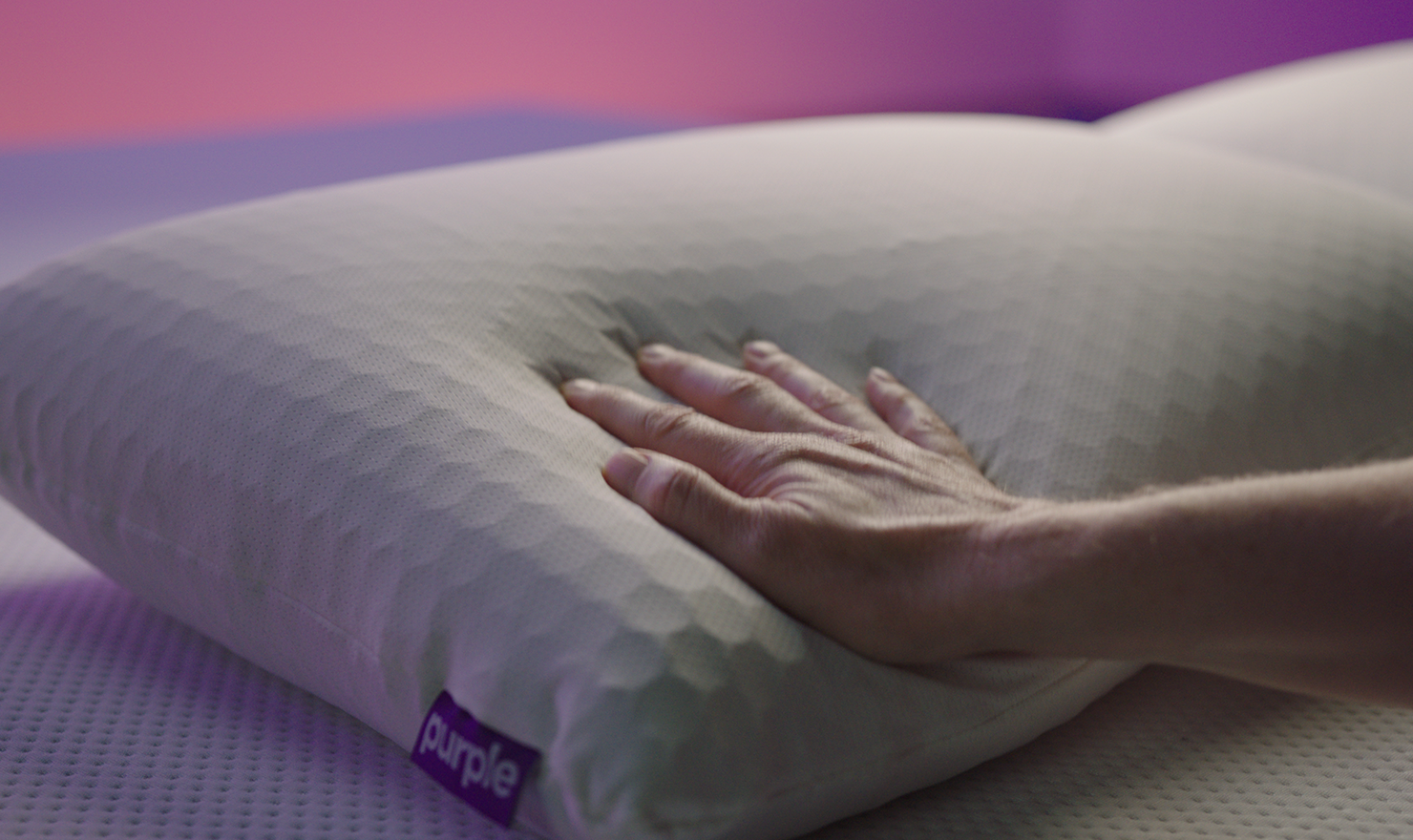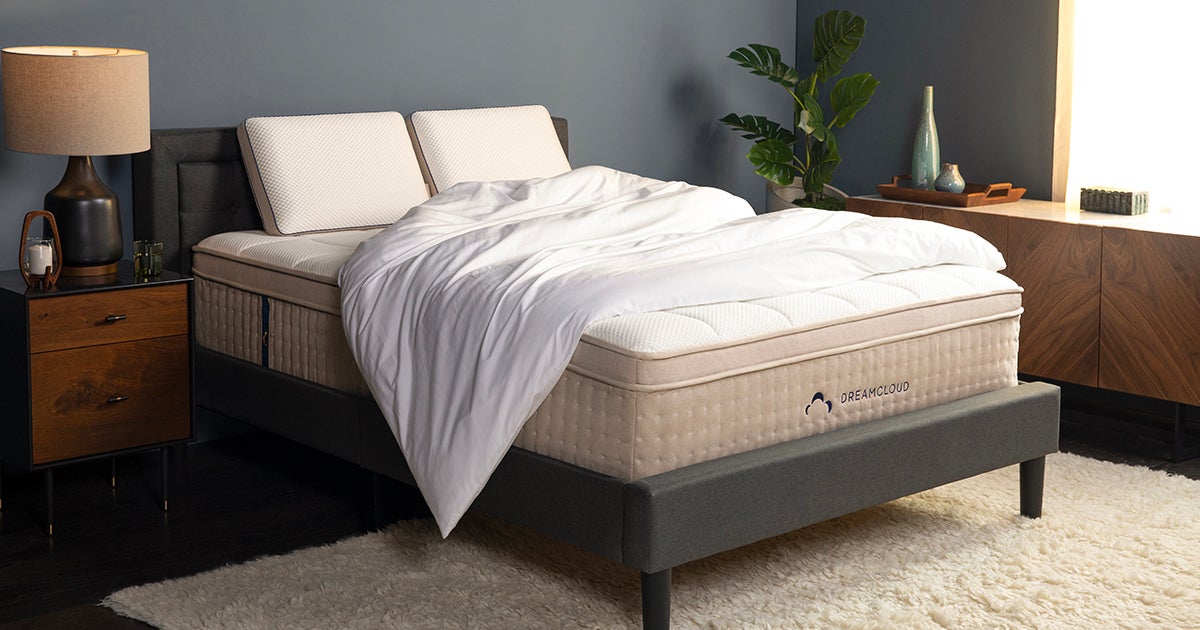Queen Size G-7 Memory Foam Mattress – Ecosa Mattress
Try the NEW Ecosa G-7 Mattress engineered for better sleep. COMFORTABLE. BREATHABLE. DURABLE. Australia's best value luxury mattress.
100 Night Trial
You don’t truly know whether a mattress is right for you until you sleep on it. Try it for 100 nights – if you don’t love it, we’ll refund you and arrange for your mattress to be donated.
Free Same Day Delivery (Metro)
We ship fast and free Australia-wide. Just place your order, sit back, relax, and we’ll be right there!
15 Year Warranty
The 15 year limited warranty give you the peace of mind you need to sleep tight.
Waterproof and Dust Mite Free
The waterproof cover contains microfilaments to protect the mattress from bacteria and dust mites.
One Mattress. Three Options.
Adjustable Firmness
Your comfort preferences change over time, and so can your Ecosa mattress.
1 in 3 Australians suffer from poor sleep quality.
Back Support
The Ecosa is engineered to support your spine’s natural alignment, allowing you to relax into a restorative sleep and wake feeling pain-free and refreshed.
Additional information
| Single | 92cm X 188cm X 25cm |
|---|---|
| Long Single | 92cm X 203cm X 25cm |
| King Single | 107cm X 203cm X 25cm |
| Double | 138cm X 188cm X 25cm |
| Queen | 153cm X 203cm X 25cm |
| King | 183cm X 203cm X 25cm |
| Super King | 203cm X 203cm X 25cm |
| Warranty | 15 year limited warranty. |






by Rose
Quite a firm mattress initially but you get used to it and it softens up over time. I suffer from quite bad hip pain and have found it has greatly improved since having the ecosa mattress, and I’m able to sleep on my side again.
by Ramya
The mattress was super perfect for us. We chose to stay with medium firm and it well suited our needs. The back pain went away in a week’s time . It’s an excellent choice we made.
by Hamish
Great mattress. Very comfortable. Serving it’s purpose just right and a solid deal for the price.